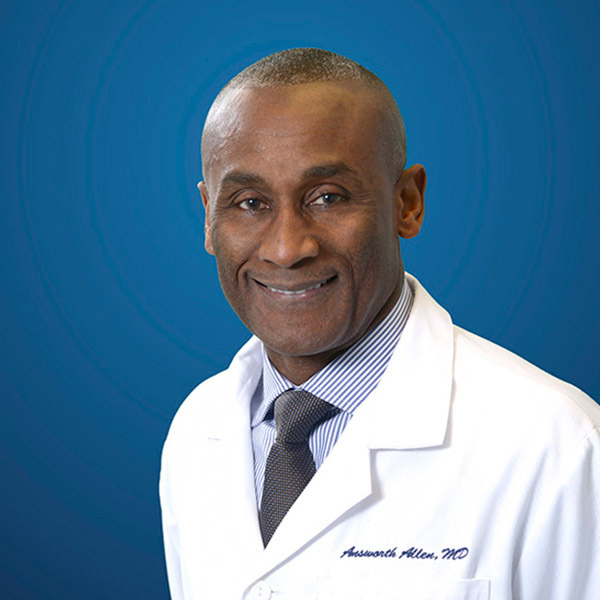What is a biceps injury or biceps tendon injury?
The biceps are two muscles that originate at the top of the shoulder and travel along the anterior (front) portion of the humerus (upper arm bone). The upper portion of the biceps muscle is attached by two tendons: the long head of the biceps tendon and the short head of the biceps tendon. This group of muscles and tendons are responsible for flexing the elbow and rotating the wrist and arm. An injury to the biceps tendon occurs when the tendon is torn or frayed away from its attachment site. The long head of the biceps tendon attaches to the superior labrum and the short head of the biceps tendon attaches to the coracoid process on the scapula (shoulder blade). These tendons can become injured from significant wear-and-tear or blunt force trauma directly to the shoulder.

What is the treatment for a biceps tendon injury?
Most patients that have suffered a biceps tendon injury are able to recover with conservative treatment alone. However, when conservative treatment is unsuccessful, or a patient is experiencing more severe pain and cramping, surgical intervention may be required. The biceps tendon can be surgically treated through debridement, a procedure that removes the small damaged fragments of the tendon; or, performing a biceps tenodesis in which the damaged portion of the tendon is removed and the remaining tendon is reattached to the humerus. The goal of a biceps tenodesis procedure is to reduce the irritation caused by repetitive overhead activities. Dr. Answorth A. Allen, orthopedic shoulder surgeon, treats patients in Manhattan, New York City, Westchester, Long Island and surrounding areas who need biceps tenodesis for a biceps tendon injury.
How is biceps tenodesis performed?
A biceps tenodesis procedure is commonly a component of a larger shoulder surgery, although it can be performed on its own. Prior to this procedure, the patient is placed under a regional anesthetic block to numb the arm. A small camera (arthroscope) is guided into the shoulder joint to visualize the muscles and tendons. The damaged portion of the biceps tendon is removed using specialized surgical instruments, and then the tendon is released from its attachment site, known as a tenotomy. The remaining tendon is then re-attached to the humerus by special surgical anchors that are secured on the bone.
What are the benefits of biceps tenodesis?
Dr. Allen favors the arthroscopic approach for biceps tenodesis. This minimally invasive approach uses smaller incisions for the camera and specialized surgical instruments resulting in a faster recovery period for the patient to return to their normal daily activities. Arthroscopic surgical repair also reduces the risk of infection, blood loss, as well as decreased pain and inflammation. The ultimate goal of a biceps tenodesis is to eliminate pain the patient has from biceps tendinitis.
How long is the recovery after a biceps tenodesis?
The recovery period for a biceps tenodesis is variable as it is dependent upon the severity and complexity of the injury. Most patients can expect a functional range of motion in 4-6 months with a year or more of continued improvement in shoulder strength and range of motion. In general, patients in New York can expect the following:
- The repair is immobilized with a sling immediately following surgery and is worn for 4-6 weeks.
- A combination of rest, ice, and non-steroidal anti-inflammatory medications is used for pain management.
- Patients are strongly encouraged to begin moving their shoulder as soon as possible after surgery in an isolated biceps tenodesis. Passive range of motion exercises begin within the first 1-2 days after surgery, and active range of motion exercises begin approximately 4 weeks after surgery. Adhering to and completing a physical rehabilitation program is the key to a successful biceps tenodesis recovery.
Biceps Tenodesis Surgeon

Have you sustained a recent shoulder injury due to blunt force trauma? If so, you may benefit from a biceps tenodesis. This procedure helps to repair torn or damaged biceps tendons arthroscopically, allowing for a quick recovery. Shoulder surgeon Doctor Answorth Allen has experience diagnosing patients and performing biceps tenodesis in Manhattan, New York City, Westchester, Long Island and surrounding areas. For excellent care, contact Dr. Allen’s team today!






